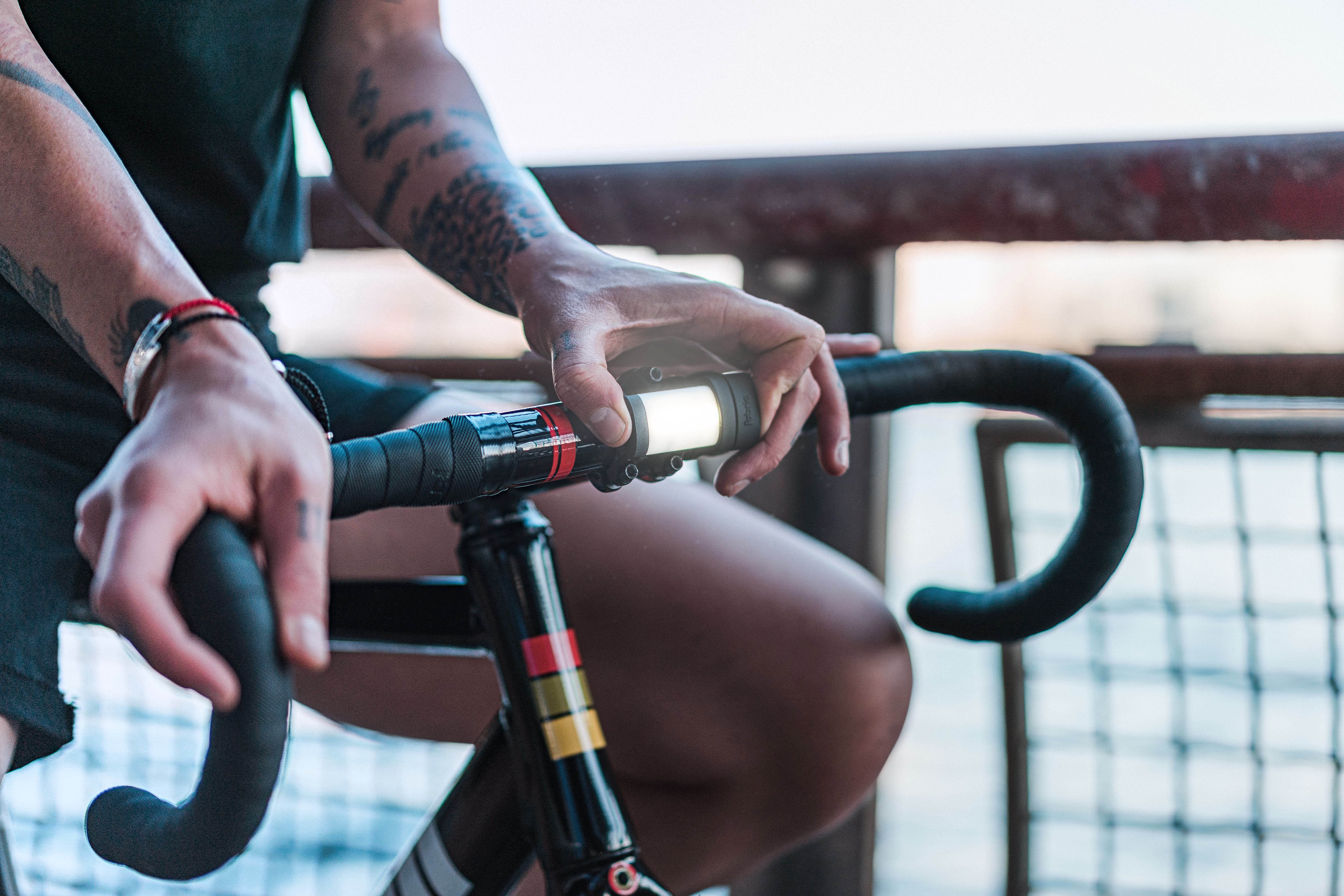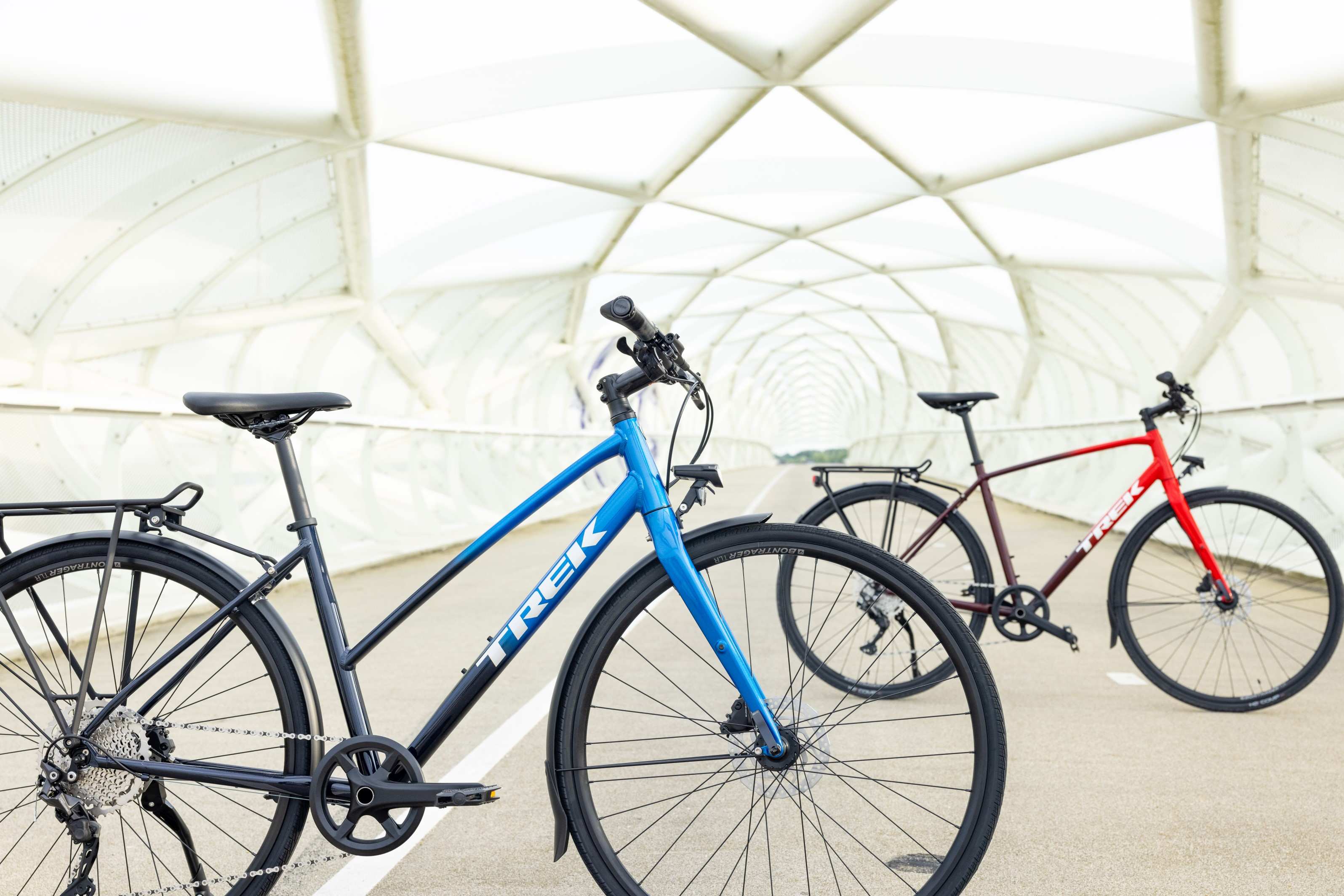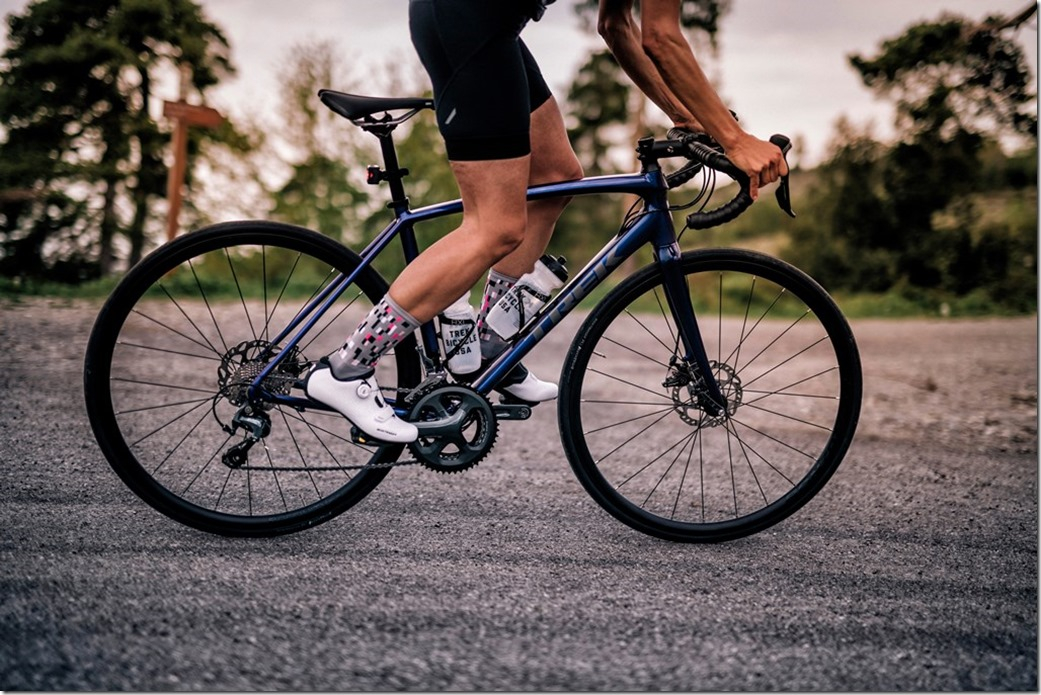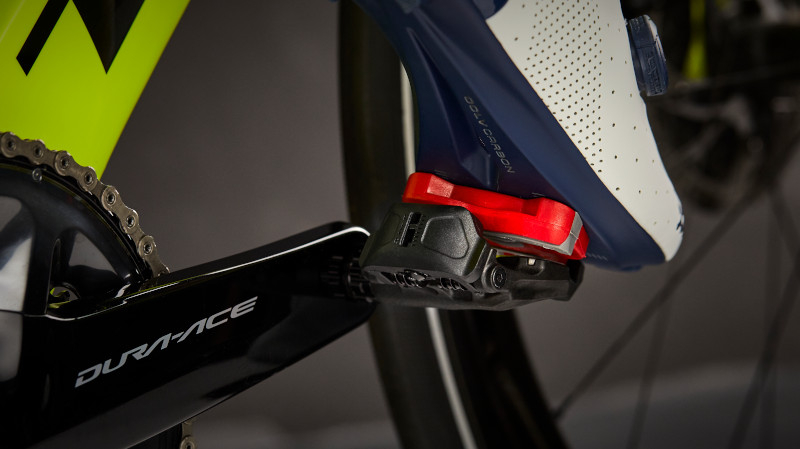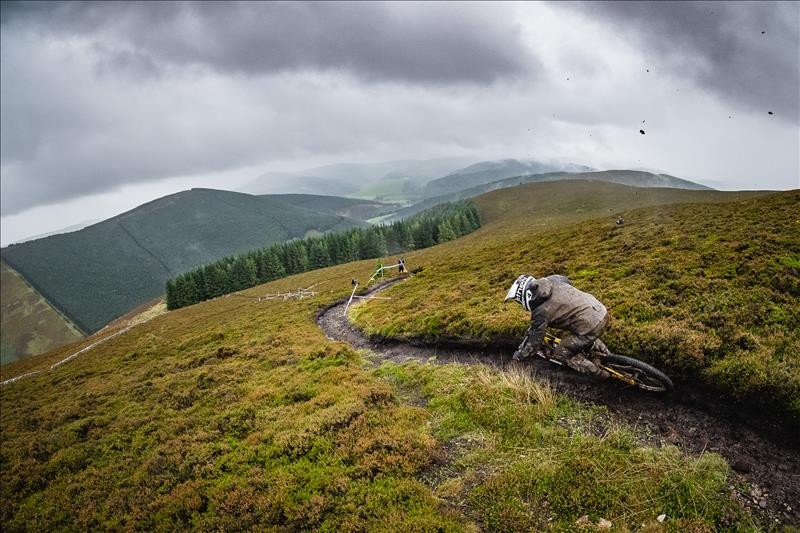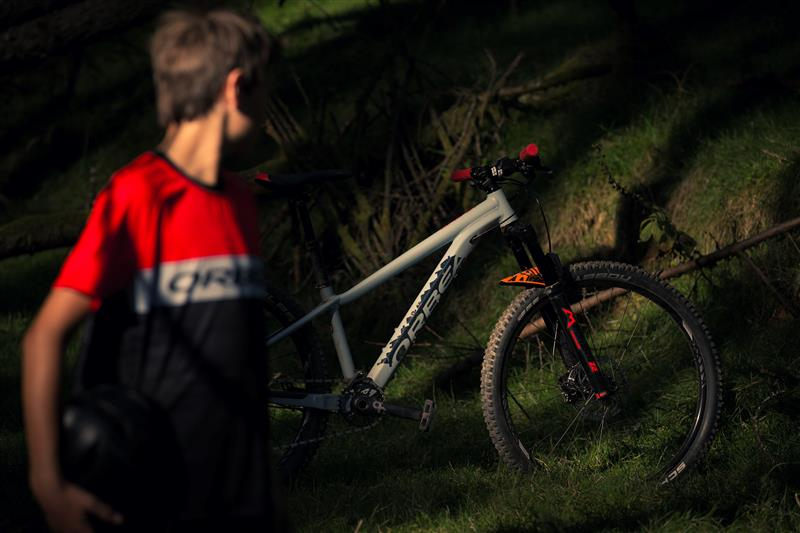What Is Tubeless?
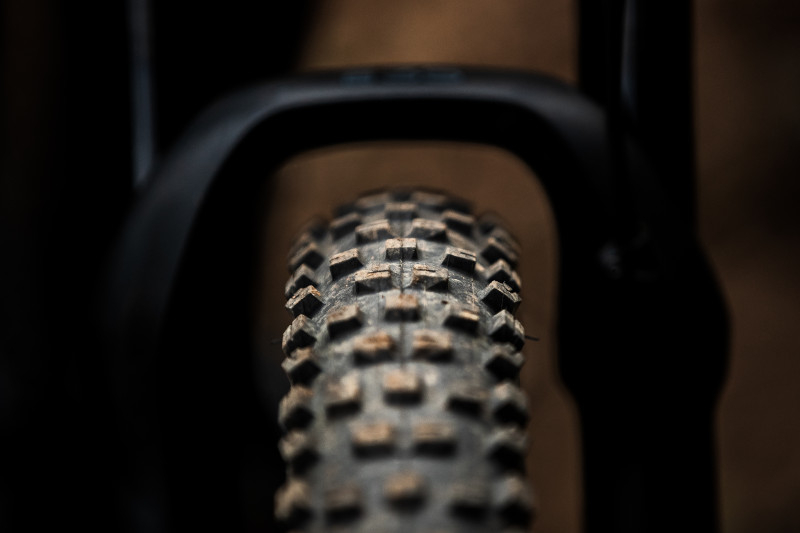
What Is Tubeless?
Going Tubeless doesn't just mean you don't need to carry a replacement inner tube. It's the same as a car or motorbike tyre. A combination of air pressure at the bead creates an airtight seal and sealant bonds and maintains that seal. The sealant is a mix of latex and rubber particulates and disperses around the tyre to provide a fix. The sealant also helps to fill punctures meaning repairs are less frequent on tubeless tyres, so you're less likely to suffer from punctures. It means you can ride at a lower PSI (tyre pressure), which means more control and a smoother ride, particularly beneficial for mountain, cyclocross and gravel riding. There are a lot of benefits, and you no doubt you now have several questions, we hope to answer.
Can I Go Tubeless Now?
Not all wheel rims are ready to go tubeless. Tubeless-ready or tubeless compatible rims have a different sidewall with a hooked design. This helps to catch and hold the beaded edge to generate a secure airtight seal. You can get tubeless conversion kits to use on tubeless-ready or compatible rims. Which contain the tape, valves and sealant. The process can be a bit fiddly and potentially messy.
There are a lot of excellent tutorial videos on the net to help you, such as:
How to go tubeless by Bike Radar
- Top 5 Mistakes You'll Make by Global Mountain Bike Network
What If I Get A Puncture
Made from latex and rubber Particulates, it will instantly seal any hole up to around 2 mm wide. So you won't even know you got a puncture. Larger holes seal but you could lose pressure before a seal is formed. You can get repair kits which are basically a rubber plug that fills the hole and allows the sealant to bond over larger punctures. You could also pop and innertube into a tubeless tyre in the event you completely lose your seal or get a nasty puncture this does involve removing the valve so would involve having tools to do this and spare tubes with you. Patching damaged tyres with tube patch kits will create an airtight space again. Reseating the tyre is something that would be quite involved out in the field.
The Maintenance Involved
As the sealant is waterbased, it can dry out so you should top-up sealant regularly. Its recommended you check levels every couple of months. Hot weather can affect sealant, so top-ups are more frequent in hot summers. Top up can with a syringe through the air valve as shown in the, Top 5 Mistakes You'll Make video. If your tyre is losing pressure, it's most likely you need to top up your sealant. You have a puncture or the rim tape needs replacing.
Here's a few items to help you get on your way to going tubeless









